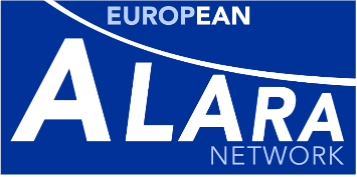This newsletter contains two contributions relevant to the medical sector. The first, based on inspections performed in Norway, points to a lack of practical knowledge on basic radiation protection issues among hospital personnel. This emphasises the importance of education and training in the radiation protection field. Elements from the inspection also showed the lack of awareness of certain responsibilities in the radiation protection field within the hospitals. This indicates that education and training in basic radiation protection is not enough by itself and should form part of a broader ALARA/safety culture which covers the human factor and organisational aspects.
The second article discusses the setup of a sustainable network on application of the ALARA principle in the medical sector (EMAN) and identifies a set of success factors to achieve the goal. An interesting and an important element is that the EMAN project, from the beginning, broadens the scope to address the safety culture in the sector.
The issues raised in these articles will certainly be further discussed in our next ALARA workshop on "ALARA in the medical sector" which will consider how the ALARA principle can be effectively implemented with regard to both patient and staff exposures in diagnostic and therapeutic uses of ionising radiation.
Content of the issue
- Editorial, F. Vermeersch, P. Croüail, P. Shaw (EAN)
- Unable to distinguish between X-ray tube and image intensifier: fact or fiction? Skills in radiation protection outside radiological departments, E.G. Friberg, A. Widmark, M. Solberg, T. Wøhni, G. Saxebøl (NRPA, Norway)
- Elaboration of a methodology to set up and run EMAN - WP5 progress, A. Almén (SSM, Sweden), A. Schmitt-Hannig (BfS, Germany), C. Schieber (CEPN, France), P. Vock (ESR), S. Christofides (EFOMP), G. Paulo (EFRS), G. Vanhavere (EURADOS), A. Franck (SSM, Sweden), W. Leitz (SSM, Sweden)
- Feedback from the 3rd European IRPA Regional Congress - Helsinki (Finland) - June 2010
